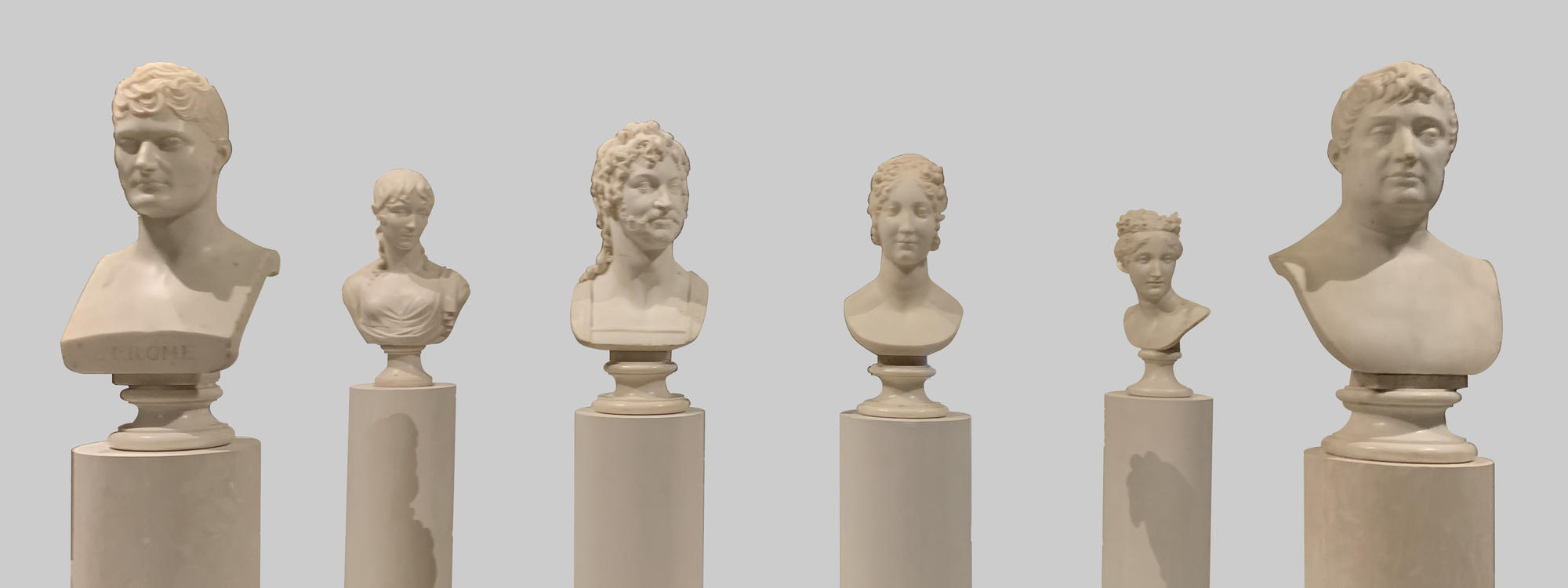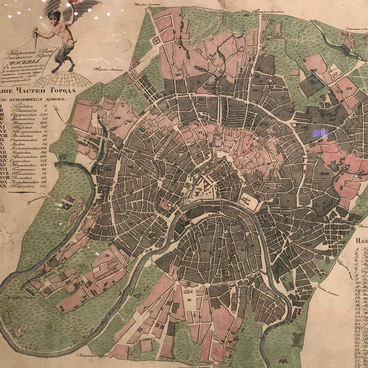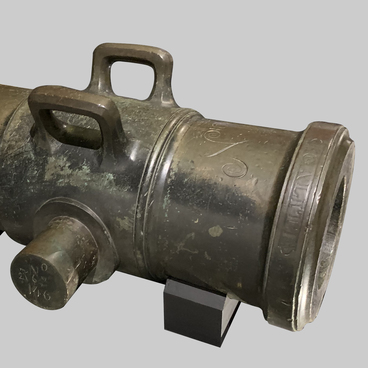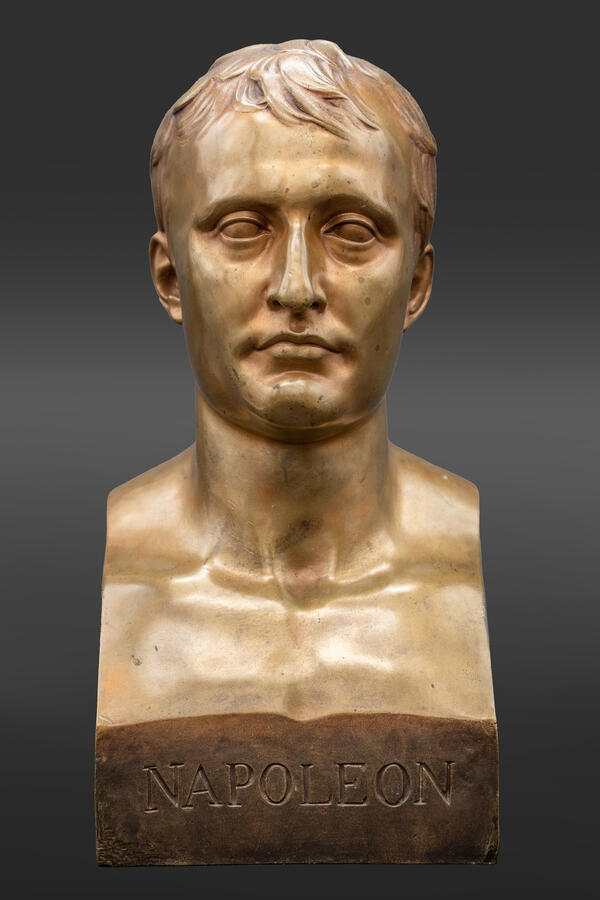Exhibited in the show-case, there are marble busts made by two sculptors, Antonio Canova, an Italian, and Frenchman Louis-Marie Guichard.
Antonio Canova is a prominent representative of the European sculptural school classicism. He is referred to as one of the most outstanding masters in contemporary times. The sculptor’s works can be seen in the Louvre and in the Hermitage. Contemporaries sincerely admired Canova’s talent comparing him with the best sculptors of the antique times.
Louis-Marie Guichard is a French master who executed orders of the imperial family. He lived in Russia from 1804 to 1814, worked as an academician at the Saint-Petersburg Academy of Arts and created several busts of Alexander I. In1804, Guichard created a sculptural portrait of the famous military commander Alexander Suvorov using a death mask. Now the bust of Suvorov is kept in the collection of the Suvorov estate museum in the village of Konchanskoye-Suvorovskoye.
The collection has portraits of well-known public figures, politicians, military leaders and noblemen who lived in the 18th - early 19th century. It was an important historical period when the map of Europe was recarved dramatically as a result of revolutions, wars and political intrigues. Napoleon was pursuing a strange ruling policy handing out crowns of European states to his relatives, frequently initiating the formation of new countries. Prior to the Treaties of Tilsit Napoleon’s empire had already included quite a number of small ‘obedient’ states, such as Belgium, Parma, Piemonte, Genoa. Heads of the Swiss Confederation, Kingdom of Naples, Kingdom of Italy, Etruria, Holland, as well as the Rhine Confederation with seventeen provinces became puppets of the French emperor.
After the conclusion of the peace treaties in Tilsit between Alexander I and Napoleon, the map of Europe changed again. Loser Prussia was kept as an independent state, but its territory was cut dramatically. Besides, Polish possessions were transformed into the Duchy of Warsaw and were transferred to France. Napoleon who was collecting his own empire wished to govern all kingdoms under his control independently and unconditionally.
The collection displays the busts of Napoleon’s close relatives who received kingdoms and dukedoms as a gift from the emperor. Among them are portrait sculptures of Jerome Bonaparte, Joachim Murat and Hortense de Beauharnais.
Antonio Canova is a prominent representative of the European sculptural school classicism. He is referred to as one of the most outstanding masters in contemporary times. The sculptor’s works can be seen in the Louvre and in the Hermitage. Contemporaries sincerely admired Canova’s talent comparing him with the best sculptors of the antique times.
Louis-Marie Guichard is a French master who executed orders of the imperial family. He lived in Russia from 1804 to 1814, worked as an academician at the Saint-Petersburg Academy of Arts and created several busts of Alexander I. In1804, Guichard created a sculptural portrait of the famous military commander Alexander Suvorov using a death mask. Now the bust of Suvorov is kept in the collection of the Suvorov estate museum in the village of Konchanskoye-Suvorovskoye.
The collection has portraits of well-known public figures, politicians, military leaders and noblemen who lived in the 18th - early 19th century. It was an important historical period when the map of Europe was recarved dramatically as a result of revolutions, wars and political intrigues. Napoleon was pursuing a strange ruling policy handing out crowns of European states to his relatives, frequently initiating the formation of new countries. Prior to the Treaties of Tilsit Napoleon’s empire had already included quite a number of small ‘obedient’ states, such as Belgium, Parma, Piemonte, Genoa. Heads of the Swiss Confederation, Kingdom of Naples, Kingdom of Italy, Etruria, Holland, as well as the Rhine Confederation with seventeen provinces became puppets of the French emperor.
After the conclusion of the peace treaties in Tilsit between Alexander I and Napoleon, the map of Europe changed again. Loser Prussia was kept as an independent state, but its territory was cut dramatically. Besides, Polish possessions were transformed into the Duchy of Warsaw and were transferred to France. Napoleon who was collecting his own empire wished to govern all kingdoms under his control independently and unconditionally.
The collection displays the busts of Napoleon’s close relatives who received kingdoms and dukedoms as a gift from the emperor. Among them are portrait sculptures of Jerome Bonaparte, Joachim Murat and Hortense de Beauharnais.






